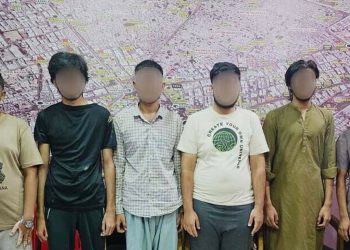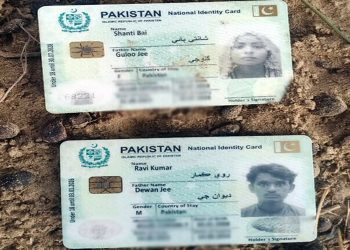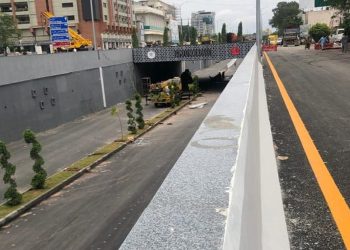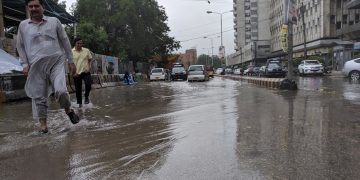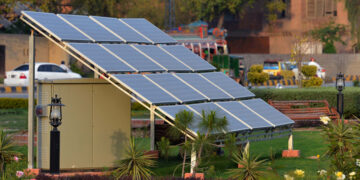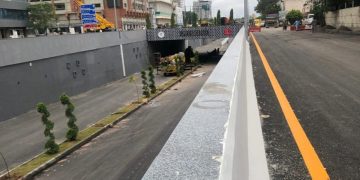White smoke was seen billowing from the chimney of the Sistine Chapel on Thursday, signaling that a new pope has been elected.
Although the identity of the newly chosen pontiff has not yet been announced, the papal conclave—who first convened on Wednesday—has completed its deliberations and selection. Traditionally, only one vote is conducted on the first day of the conclave, while up to four votes may be held on subsequent days: two in the morning and two in the afternoon.
Thursday’s signal confirms that the election concluded on the second day of voting. Both Pope Francis and Pope Benedict XVI were also elected on the second day of their respective conclaves.
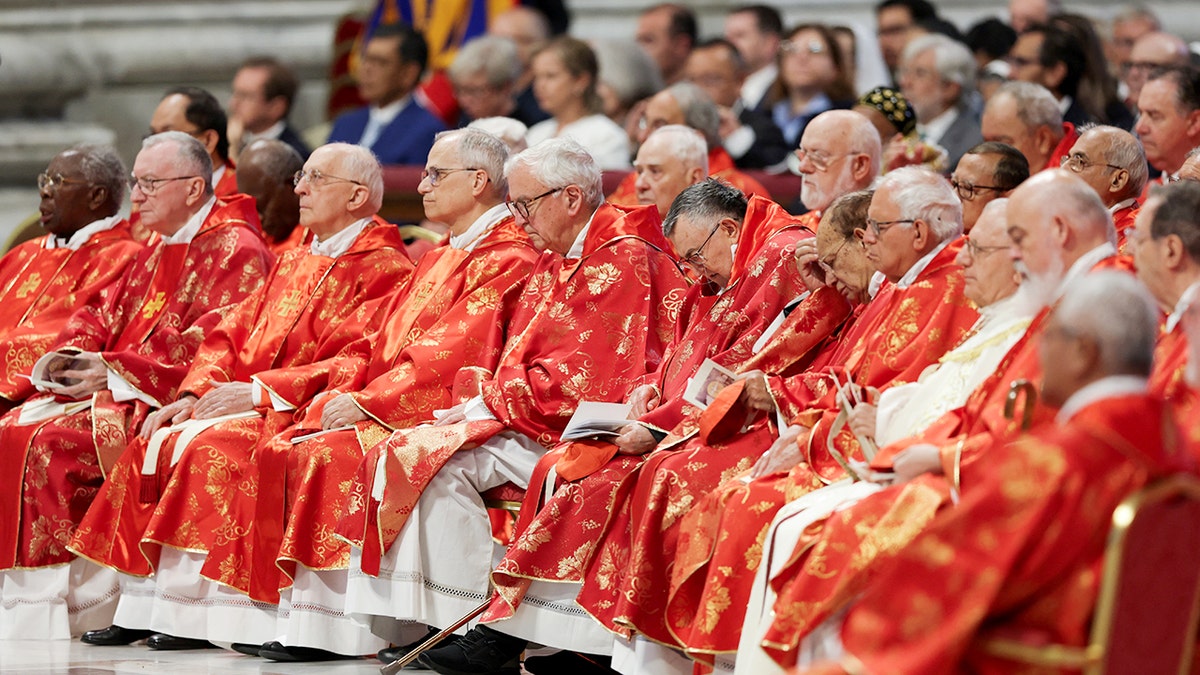
According to the Associated Press, the last instance of a pope being elected on the first day of the conclave occurred in 1503, with the swift appointment of Pope Julius II. While modern conclaves typically span multiple days, they are still considered efficient by historical standards.
Pope Francis was elected in 2013 on the fifth ballot, Pope Benedict XVI on the fourth ballot in 2005, and Pope Pius XII on the third ballot in 1939.
A new pope is elected when a candidate receives a two-thirds majority vote from the eligible members of the College of Cardinals—those under the age of 80 at the time of the pope’s death or resignation. Out of 252 cardinals, 133 were eligible and participated in this conclave.







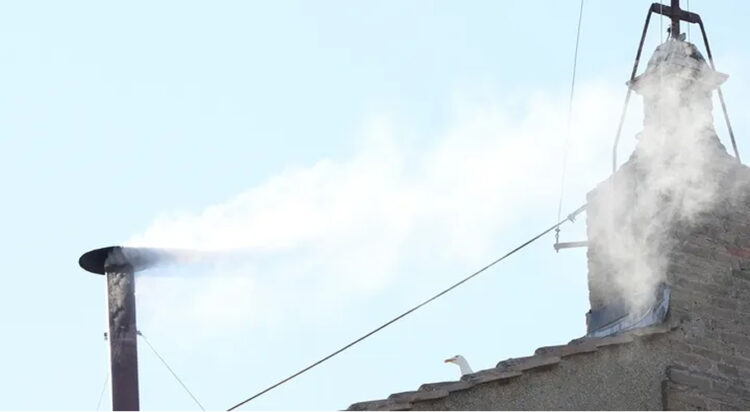

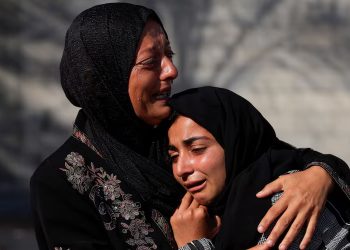

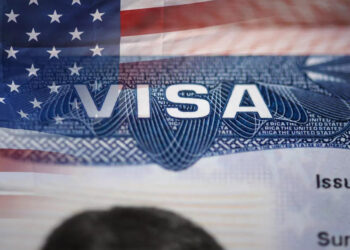
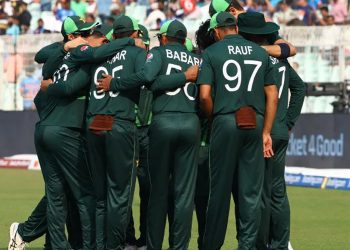

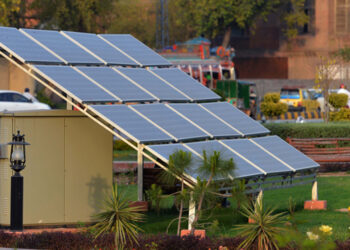
![Local residents at the Swat River, which is overflowing due to pre-monsoon heavy rains in the area on the outskirts of Mingora, the main town of Pakistan's Swat Valley [Sherin Zada/AP]](https://mmnews.tv/wp-content/uploads/2025/06/Flooding-in-Swat-river-350x250.jpg)
